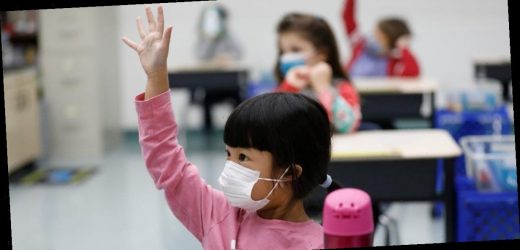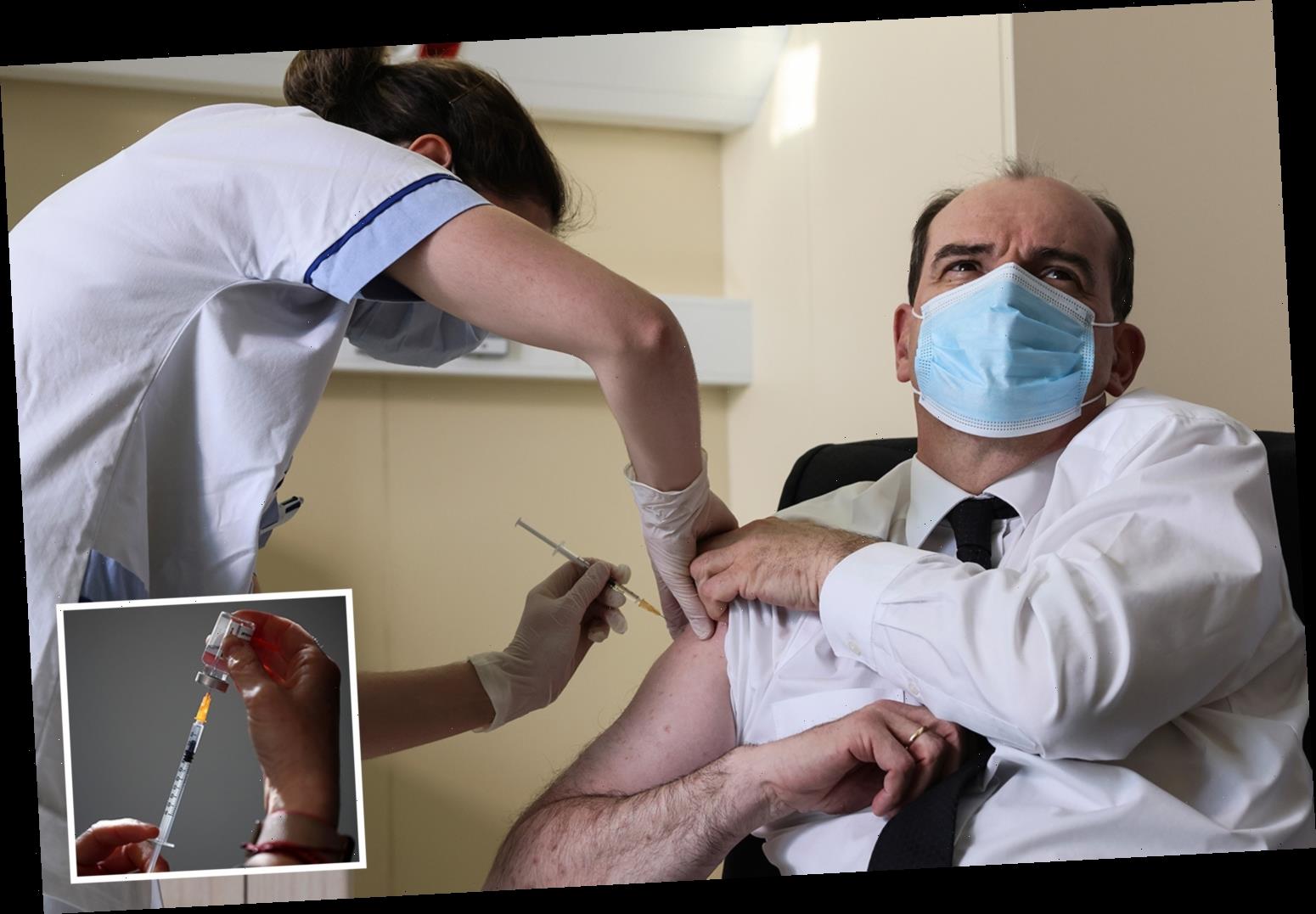- The CDC changed its physical distancing guidance for K-12 schools on Friday.
- The agency says 3 feet of space is enough between students, in most circumstances.
- 6 feet of space is still advisable between staff, and when students can’t wear their masks.
- See more stories on Insider’s business page.
The Centers for Disease Control and Prevention shifted its physical distancing guidance for K-12 schools across the country on Friday, saying three feet of distance is generally enough between students in the classroom — as long as they’re masked up.
The change came after new research from Massachusetts published earlier this month showed that it made little difference to coronavirus case rates whether students and staff in elementary, middle, and high schools in that state were spaced 3 feet or 6 feet apart.
But the new 3-foot rule does not apply in every situation.
The CDC says teachers and staff still need to maintain 6 feet
The CDC’s new guidance does not extend to adults and teachers in schools, who should still maintain 6 feet of distance between one another, the agency said.
“Transmission between staff is more common,” the CDC’s new guidance reads, citing numerous studies that suggest the same.
And, in “areas of high community transmission,” everyone in middle school and high school should still continue to maintain 6 feet of distance at all times, unless classrooms are podding students together, the CDC added.
More distance is also critical when masks can’t be worn (such as in cafeterias where students are eating), and when kids are breathing heavily, as they do when singing, playing music, and exercising.
“Move these activities outdoors, or to large, well-ventilated space when possible,” the CDC said.
The new 3 foot rule will make it easier to arrange classroom space
Experts (including Dr. Anthony Fauci) have been heralding the change in recent days, knowing it will make a big practical difference in classrooms where there isn’t always enough space to keep every child six feet from their classmates.
“One of the things that’s going to hamper return to schools is the 6 feet rule,” Dr. Ashish Jha, dean of the Brown University School of Public Health told reporters earlier this month, after the Massachusetts study came out.
“I really think that the evidence right now does not back up the need for that,” Jha added. “Teachers and students can be kept safe without that rule.”
Other strategies the CDC suggested to help curb the spread of disease in the classroom included facing students’ desks in the same direction when possible, eliminating or reducing staff meetings and lunches, and more widespread screening tests.
The new guidance also stresses the continued importance of cohorting students into distinct groups or pods that stay together throughout the day, to prevent widespread transmission if there ever is an outbreak.
6 feet was never a hard and fast rule built for every situation
The guidance change is our latest reminder that 6 feet is an arbitrary number, and that people may be able to get away with less spacing (or need more) depending on the situation they’re in, as well as what the coronavirus is doing where they live and work.
Important factors to consider when deciding how much space you need to make between people from different households include: how old the people are, how rampant coronavirus transmission is in the area, how good the ventilation is, whether people have been tested and/or vaccinated, and if everyone is wearing masks, or not.
“Everybody’s gotta be masked up in schools,” Jha said.
The World Health Organization already recommends a 1-meter distance (that’s about 3.3 feet) between people to prevent the spread of COVID-19, but the agency also stresses that “the further away, the better,” and adds that indoors, people should be spaced out more than that.
In addition to prioritizing more ventilation and adequate spacing in the new guidance, the CDC got rid of the agency’s previous recommendations for more physical barriers (like sneeze guards) to prevent the spread of COVID-19 in schools. The CDC said there just isn’t enough evidence to suggest such physical dividers really do much to prevent the spread of this virus between people at all.
Get the latest coronavirus business & economic impact analysis from Business Insider Intelligence on how COVID-19 is affecting industries.
Source: Read Full Article


